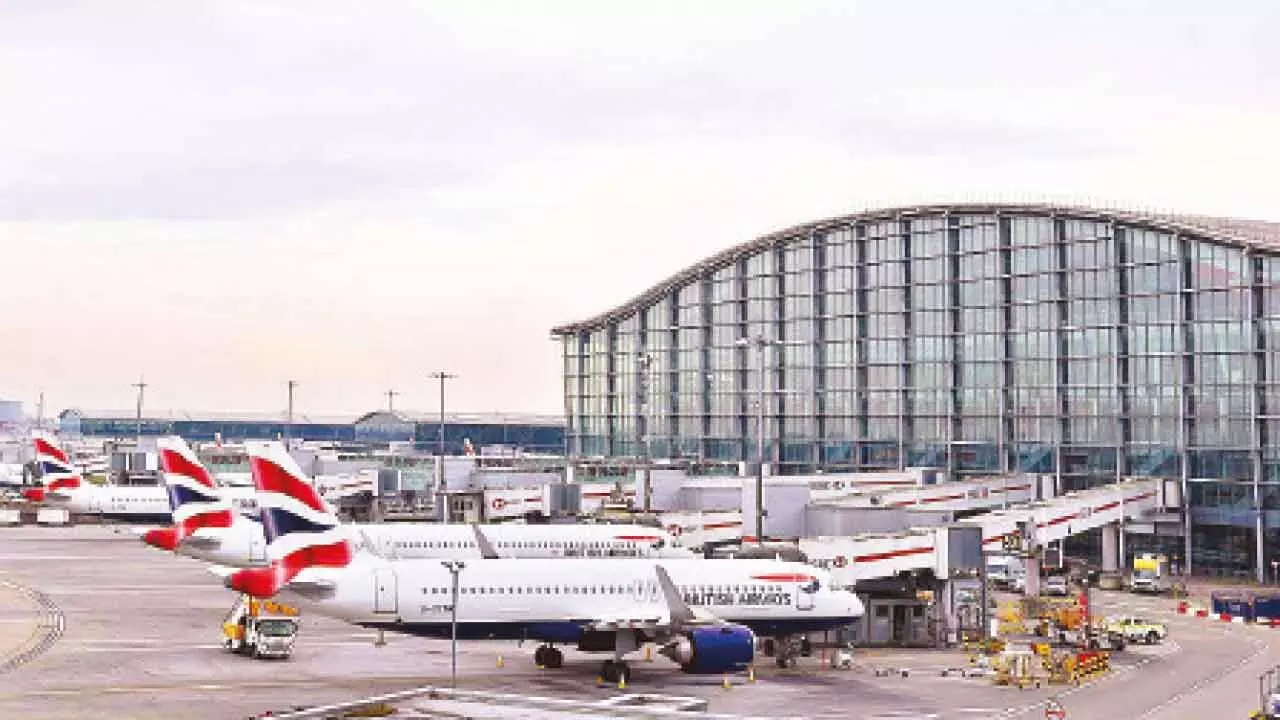Megahubs rankings show Asia Pacific’s role as the dominant region for low-cost connectivity
London Heathrow airport retains its number one position this year as Paris, Frankfurt slip in rankings
Megahubs rankings show Asia Pacific’s role as the dominant region for low-cost connectivity

Megahub airports typically host large legacy airlines with extensive networks of short and long-haul flights connecting passengers from one continent to another.
Connecting passengers is an important part of business for both airports and airlines. Although short connecting passengers are less likely to spend significant amounts of money compared to local holidaymakers seeking a tax-free bargain before their trip, for airports the benefits, such as additional passenger fees, some modest non-aeronautical revenues, and the value of extra flights, make connecting traffic worthwhile. For airlines, connecting traffic can determine if a route is viable or not, and can even influence the frequency of flights, such as increasing from four to six flights a day.
The scale of a Megahub can vary, some may have flights to literally hundreds of destinations every day, while others may serve a smaller number of destinations but with a very high frequency.
Once established, a Megahub airport becomes a fortress for local airlines, attracting more connecting passengers with every new flight added to the operation. For airlines, the ability to ultimately pick and choose from where they want to carry connecting traffic becomes a key part of their business strategy.
Despite the increasing levels of competition, a 24% increase in destinations served underpins London Heathrow (LHR)'s ranking as the best-connected airport over the last decade, and it retains its number one position this year. Paris (CDG) is now in 10th place, from 6th a decade ago and Frankfurt (FRA) is down from 3rd to 4th.
At the same time, Megahubs such as Istanbul (IST), Incheon (ICN) and Kuala Lumpur (KUL) have also improved their rankings as their networks and connectivity continues to develop in line with the growth markets that they serve.
Istanbul (IST) moves into 2nd place globally from 4th just 10 years ago, with a 24% increase in the destinations served.
Kuala Lumpur (KUL) moves up to 4th from 5th, with a similar increase in destinations served (22%).
Incheon (ICN) stands out as a big mover, moving up 6th from 10th, with a huge increase in potential connections of 58% on the busiest day of the year.
Amongst the US airports in the Top 10, Atlanta (ATL) has held its 8th position. Chicago O’Hare (ORD), meanwhile, has slipped from what would have been second place in 2015 to 7th in 2025, as others have seen a bigger increase in connections relative to the destinations served.
Global capacity reached 515.1M seats in September, with growth strongest in Central Asia and Southern Africa. Spain-UK remains the strongest country pair while Chinese-Taipei has seen growth of 17.6% on last year.
Domestic air capacity trends show declines in Indonesia, the US, and Japan, but Turkiye is growing, up 16.2% on September last year.
United Airlines has added most flights, 6,900 more compared to September 2024. While many of the changes are subtle, a glance back just ten years shows us how the world is changing and perhaps point to how those Megahubs will evolve in the next decade.
Airline frequency is the number of flights scheduled on a route over a set period. It plays a key role in meeting passenger demand and improving travel convenience. OAG’s air travel statistics show how frequency patterns shift with market trends.
Airlines consider global aviation growth, market demand, route distance, airport slot restrictions, and more to decide how often aircraft should operate, and what size of aircraft to operate on routes.
Low-cost Megahubs highlight the growing strength of LCCs in shaping global connectivity. Kuala Lumpur (KUL) remains the world’s most connected LCC Megahub, holding onto the top spot. Incheon (ICN) has risen from 3rd to 2nd place, swapping positions with Manila (MNL), which now ranks 3rd.
Hong Kong (HKG) has experienced the most impressive growth, moving up 20 places to 4th place this year. Potential LCC connections at HKG has almost tripled, driven by HK Express, which added 15 new destinations in the past year. Almost half of these operate to Japan, with others linking to China, Vietnam, and Malaysia.
Dubai (DXB) in 5th place has the highest volume of potential LCC connections, an increase of 4% year-on-year, with FlyDubai playing a central role operating 28% of flights at Dubai.
Looking at the broader picture, 16 of the Top 25 LCC Megahubs are in Asia Pacific, eight are in EMEA and just one, New York JFK, is in North America. Emphasising Asia Pacific’s role as the dominant region for low-cost connectivity.

